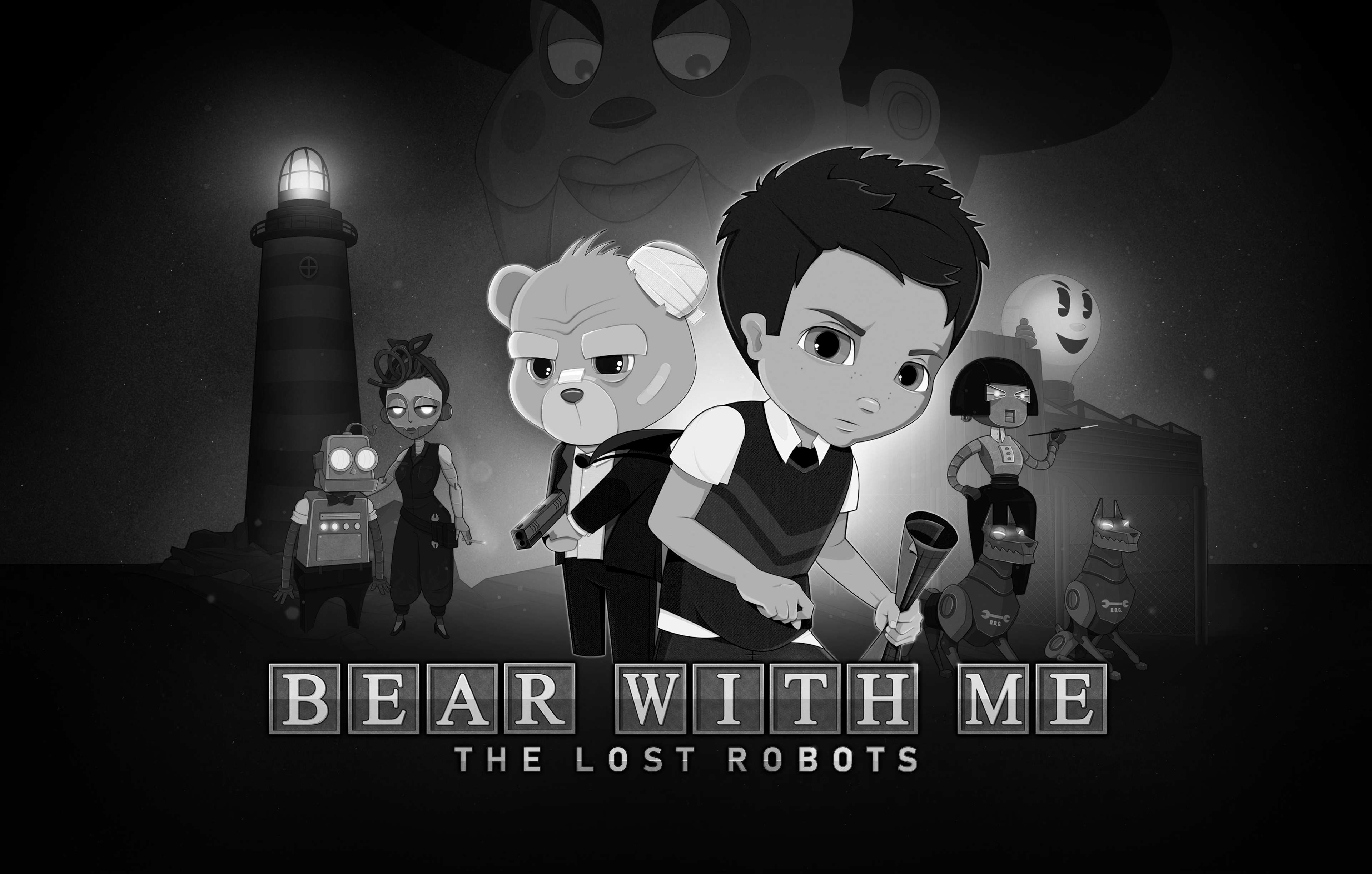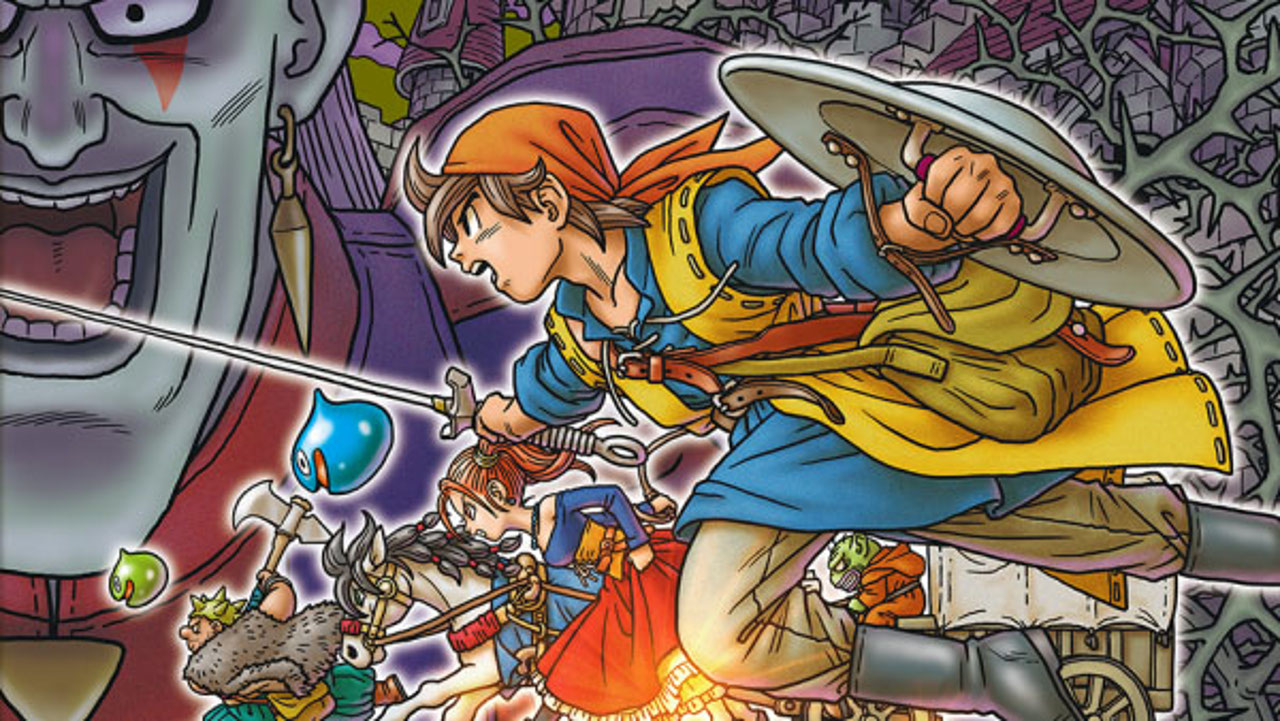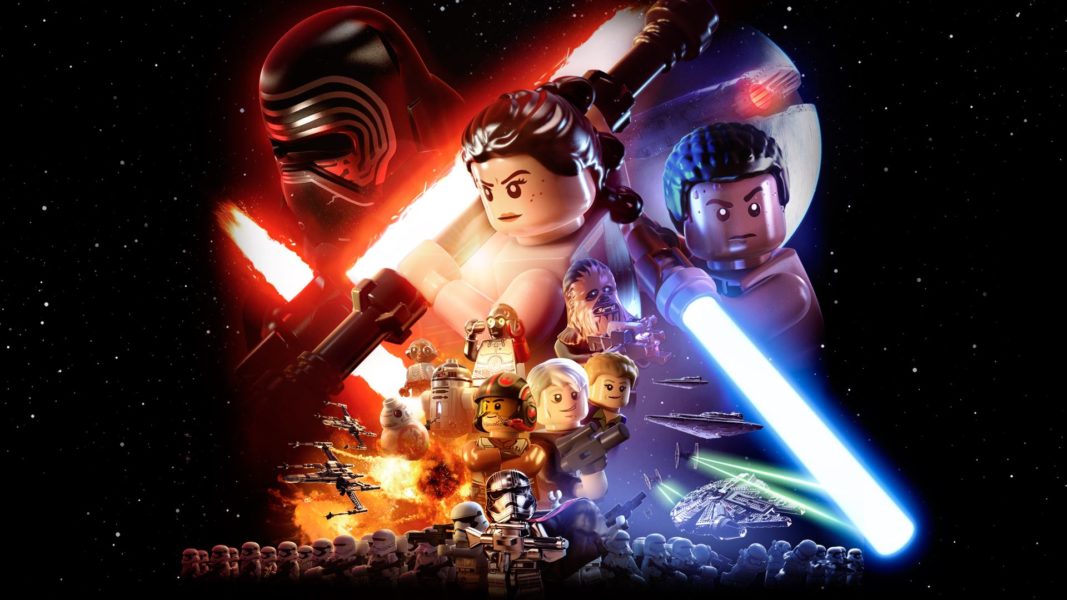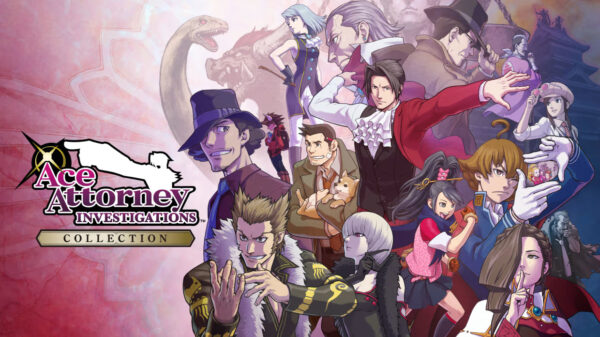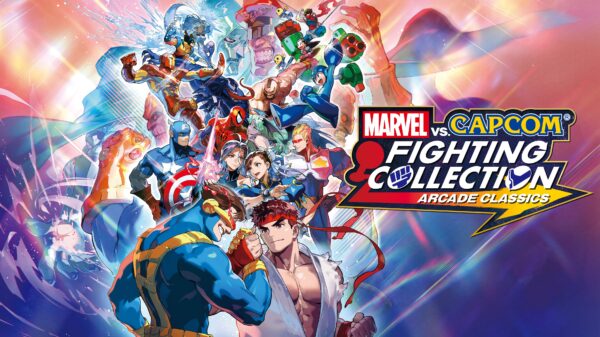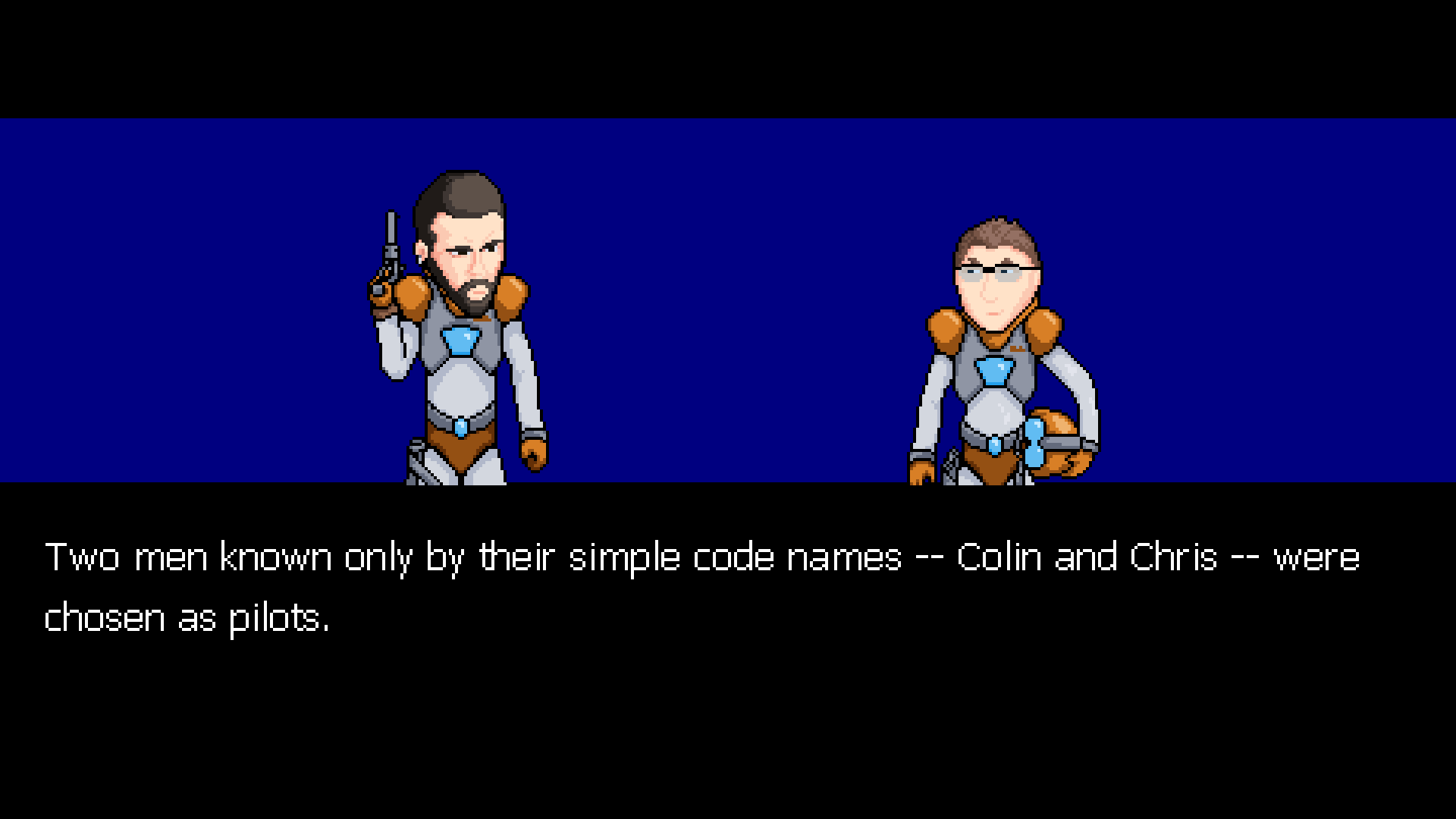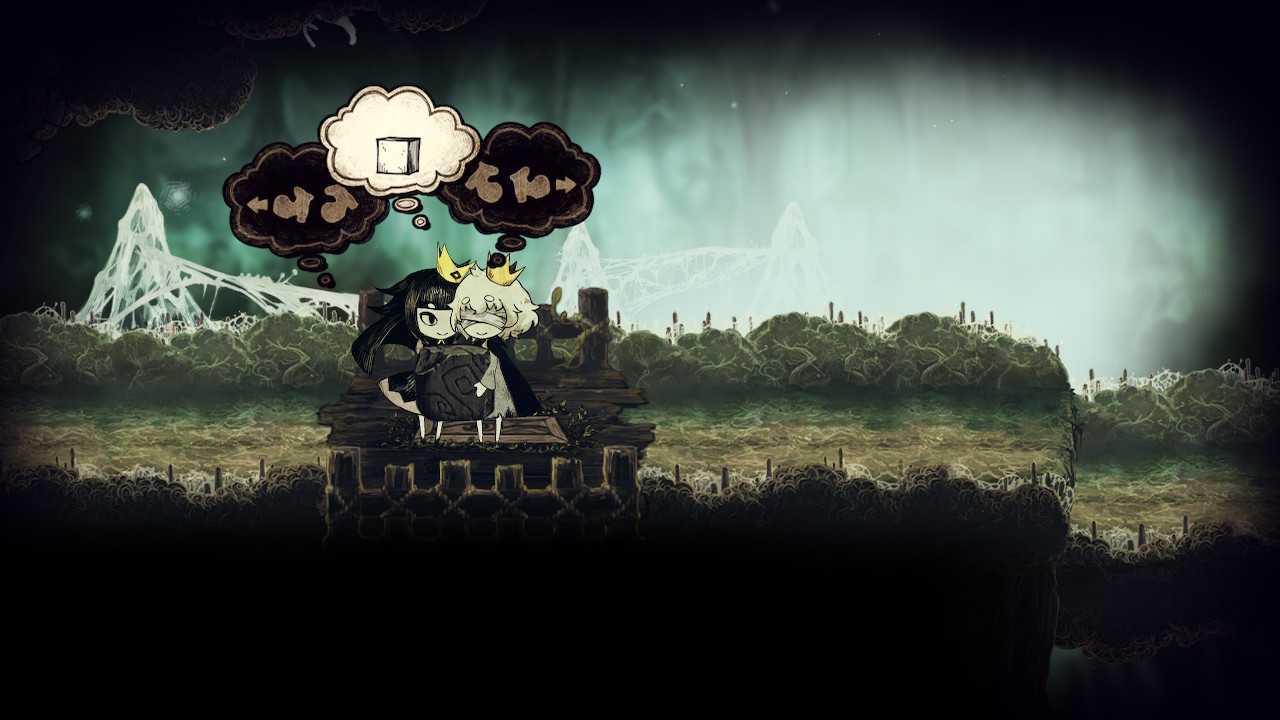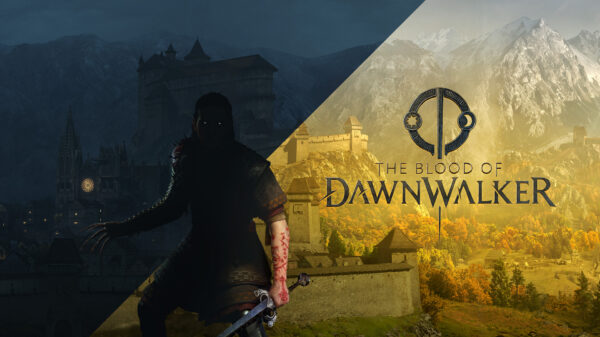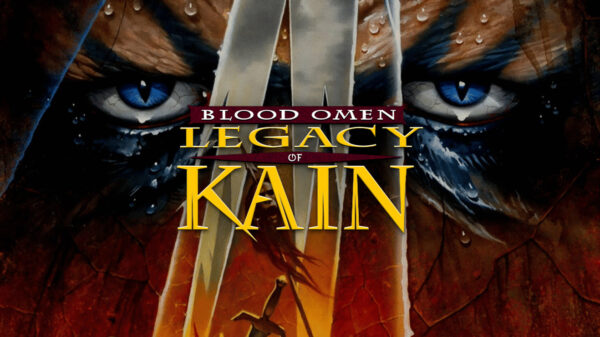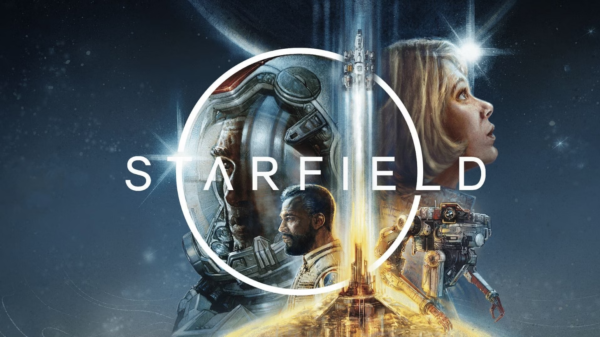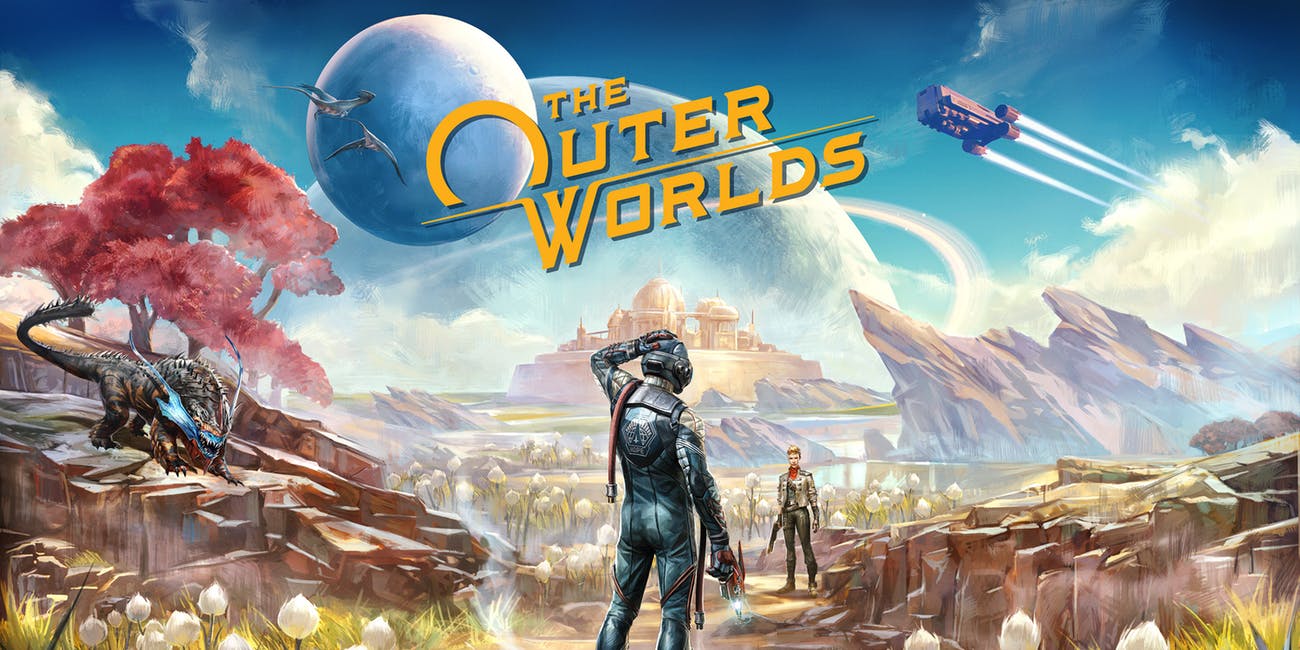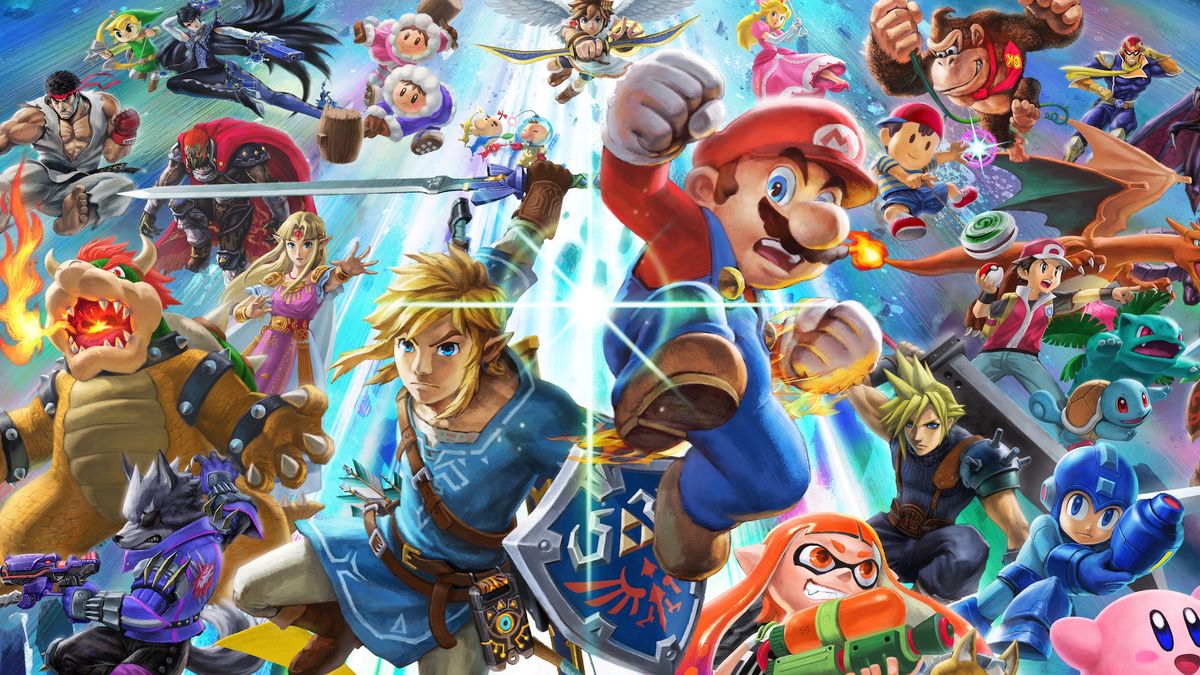Delivering on its name, Super Smash Bros. Ultimate is the most robust and content-filled Smash Bros. game to date. Though I think unlocking characters is needlessly convoluted and exclusion of trophies is an unfortunate misstep, the exciting and deeper gameplay and incredible variety of modes make these grievances seem almost nonexistent.

Super Smash Bros. Ultimate
Developer: Nintendo, Bandai Namco, Sora Ltd.
Price: $59.99
Platforms: Nintendo Switch (reviewed)
The Super Smash Bros. series has long been known for its fanservice-filled roster and ridiculous breadth of content. Keeping in-line with tradition, Ultimate has been advertised as the most boisterous Smash Bros. yet. With a base roster of 76 characters, a story mode, multiple single-player gauntlet modes, over one thousand collectibles, and both offline and online multiplayer, Ultimate really is the culmination of all Smash Bros. before it. It’s remarkable to look at just how much content Ultimate has, and while it’s not perfect, it’s a fantastic party fighter that you shouldn’t miss out on if you like anything about previous Smash Bros. titles.
The most important thing is Smash Bros. is its gameplay, which is top-form in Ultimate. Building on (and altering) the foundations set by Smash 4, Ultimate is fast and sufficiently weighty. Knocking your opponents off the stage has never felt better, whether you’re a casual or hardcore Smash player. Changing Final Smashes from an item into a bar that builds up throughout a battle was a great choice, though hardcore players can turn it off in a snap. Having Omega and Battlefield modes for each stage, which makes them flat/hazard-free, continues to be one of the best decisions in Smash history, as it makes every stage viable for fighting with friends who want to play semi-seriously.

Having played a decent amount as every single character, I’m incredibly impressed with how different every fighter’s (excluding Echo characters, naturally) playstyle is. King K. Rool, one of my favorite newcomers, is a heavy fighter with solid range and ridiculous recovery, while Ganondorf, another heavy fighter, does even more damage with close-range attacks but can’t recover to save his life. No matter the class, style, or gimmick set, every fighter feels wildly different. That’s an amazing feat for a game with a 76 character roster (or 69, if you don’t count the Echo fighters), especially when you consider how much work has to go into keeping these characters accurate to their source material. Fire Emblem characters are nothing like Mother characters, who are nothing like Mario characters; just as the respective franchises are nothing like one another.
“No matter the class, style, or gimmick set, every fighter feels wildly different.“
Unlocking characters is somewhat obtuse, as there isn’t really any identifiable rhyme or reason to it. See, every ten minutes or so you’re given the chance to fight a locked fighter in order to unlock them. You can play any mode as you wait for those ten minutes to pass, but you need to win the new challenger’s fight in order to unlock them. (You can retry fights on the “Games and More” menu, but the conditions for when they become available to battle again aren’t very clear). I have no problem with unlockables, but having an arbitrary ten minute unlock time means that it’ll take approximately 11 hours to unlock everybody. You don’t choose the order in which you unlock characters either, meaning a Palutena main will be waiting almost 12 hours to play as their main character. This puts a huge damper on playing with friends who haven’t sunk half a day into the game, as many of your favorite characters are likely hours away from being unlocked.

Longtime fans of the series will be happy to know that Classic, Cruel Smash, Multi-Man Smash, and All-Star all return as singleplayer modes, though All-Star has been changed to be quicker and compressed into one battle, like Multi-Man Smash. Still, you get coins, SP, and Spirits for completing these modes, which all provide unique challenges for players of all skill levels. The risk vs reward difficulty system from Smash 4 returns for Classic mode, which makes Classic mode far more thrilling. This abundance of singeplayer modes will keep you busy for quite a while, as I’m still playing through each mode after 60+ hours.
World of Light is Ultimate’s story mode, which can run at least a whopping twenty hours if you try to 100% it. After the entire Ultimate roster is obliterated by Galeem, the lord of light, Kirby has to explore a huge world map to free all the characters taken by Galeem. You’ll primarily fight “Spirit fighters”, which are characters that are modified by the Spirits equipped to them. This means each fight is a unique battle tailored to reference the Spirit that you’re fighting. I was surprised not once, but twice, with just how long World of Light is. The length is an asset, as you can tackle World of Light in bite-sized portions, meaning it’ll keep you busy earning Spirits for quite some time.

There’s a lot of fantastic fanservice in World of Light, both in the previously mentioned Spirit Battles and in the map itself. One section of the map is a perfectly replicated version of the first world map from Donkey Kong Country, right down to the music and trail of dots. Another area is a recreation of Dracula’s castle from various Castlevania games. There’s so much passion and love for every franchise present that you can’t help but get excited, as it’s clear that the developers love these classic games as much as we do.
“Details like these are part of what makes crossovers feel so special for fans of each series, and there’s no shortage of these things in Ultimate.“
Spirits are a major new addition in Ultimate, taking the place of both trophies and stickers. Spirits are essentially images of characters and items from across pretty much every Nintendo franchise ever made, as well as characters from multiple third-party franchises. Each spirit has its own stats, which power up your chosen character when equipped to them. Some have abilities or status effects, while others may give you a specific item or stat boost at the beginning of every fight. Spirits are primarily used in the World of Light, where opponents will often have their own stat boosts to counter. Though some Spirits are definitely more powerful than others, the variety of boosts and effects that they have on your characters makes it fun to mix your loadout up every now and again.

While I like the gameplay aspects of Spirits, I find it immensely disappointing that trophies have been completely tossed away in favour of them. Collecting trophies of characters, Final Smashes, and items has always felt incredibly satisfying. Reading descriptions for characters I didn’t know about would often get me interested in their franchises, and seeing older/forgotten franchises and characters as 3D models was exciting and nostalgic.
Spirits feel far more lifeless, as they’re images taken from the source material without any descriptions or information beyond the character name and series they originate from. As of writing this, I’ve collected 1141 out of 1297 total Spirits, and yet I don’t feel excited about the vast majority of them. This likely won’t be a big deal for a lot of people, as I imagine most people buy Smash Bros. to play with friends, but I think removing trophies to make room for Spirits is quite disappointing.

On a much higher note, the visuals and music in Ultimate are consistently gorgeous. There are lots of new remixes from all across the roster, alongside pretty much every remix from past Smash Bros. titles. Character models are stages are more detailed than ever before, and retro stages have been entirely remade in glorious HD. There are tons of little details in each stage, from classic Castlevania enemies roaming the halls of Dracula’s castle to Earthbound flashbacks in the skies of Magicant. Details like these are part of what makes crossovers feel so special for fans of each series, and there’s no shortage of these things in Ultimate.
 The Final Word
The Final Word
Super Smash Bros. Ultimate is, overall, the definitive Smash Bros. experience. Though it has a few issues with its unlockables and collectibles, the core gameplay and sheer abundance of modes and unique characters makes Ultimate a must-have for anyone who likes Smash Bros. or having fun in general.
MonsterVine Review Score: 4.5 out of 5 – Great







